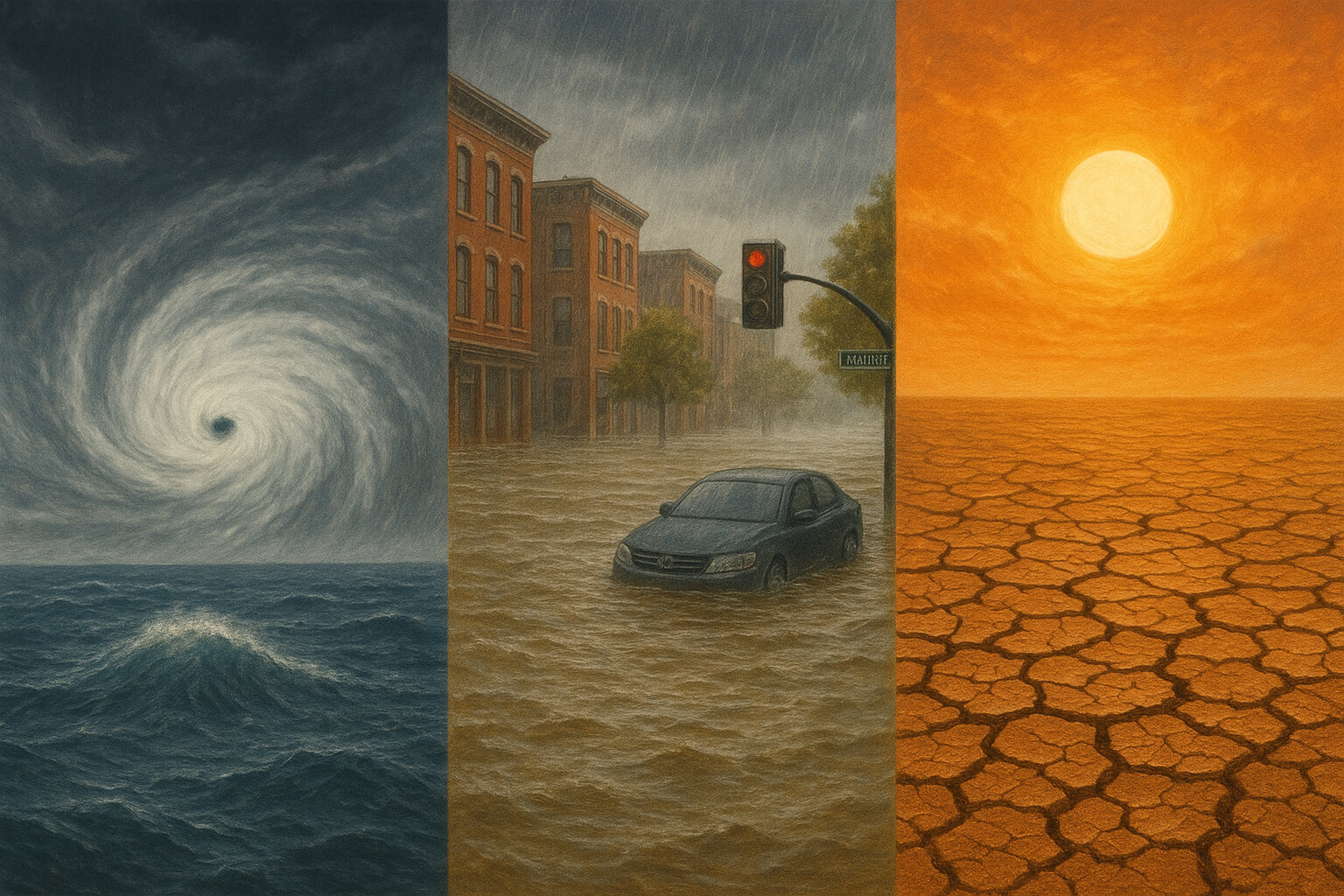September 01, 2025

Climate change is no longer a distant or abstract concern—it’s reshaping our everyday lives. Around the world, communities are facing a rise in extreme weather events: destructive hurricanes, prolonged droughts, record-breaking heatwaves, and catastrophic wildfires.
But how exactly does climate change drive these disasters? And more importantly, what can we do to reduce the risks and protect the future?
As global temperatures rise, the Earth’s climate system absorbs more energy, leading to more chaotic and intense weather patterns. Here’s how this plays out:
Related: Learn how renewable energy can reduce emissions in The Role of Renewable Energy in a Sustainable Future
The link between climate change and extreme weather is no longer just a scientific prediction—it’s a lived reality:
Each of these events was intensified by climate-related factors—highlighting the urgent need for adaptation and mitigation.
The Intergovernmental Panel on Climate Change (IPCC) states with high confidence that human-driven climate change is increasing the frequency and severity of:
Additionally, the World Meteorological Organization (WMO) has reported a fivefold increase in weather-related disasters over the last 50 years. While improved warning systems have helped save lives, the economic and environmental costs continue to rise.
While we can’t eliminate extreme weather events entirely, we can reduce the risks and prepare for a more resilient future. Here’s how:
The connection between climate change and extreme weather is undeniable—and growing stronger with each year of inaction. But the future is still in our hands. Through policy reform, sustainable practices, and community engagement, we can slow the warming, strengthen our resilience, and protect what matters most.
Take Action: Join local environmental initiatives, support clean energy policies, and stay informed. Because the climate crisis affects all of us—and the solutions require all of us.
Stay up to date with the latest tips, expert insights, product reviews, and step-by-step guides to help you grow, create, and succeed—no matter your industry or passion.